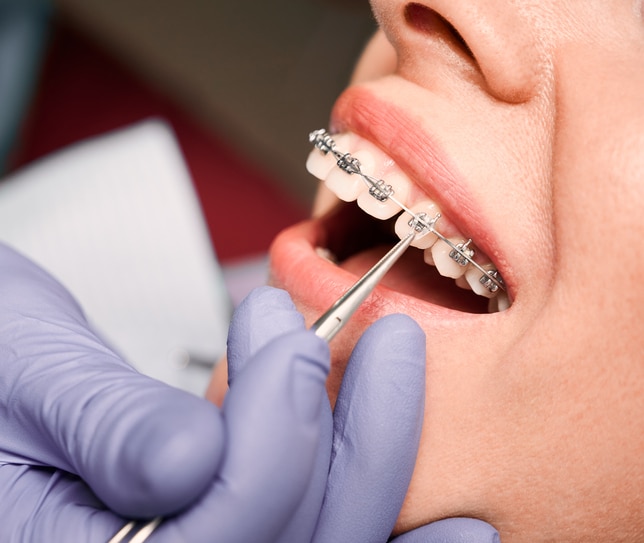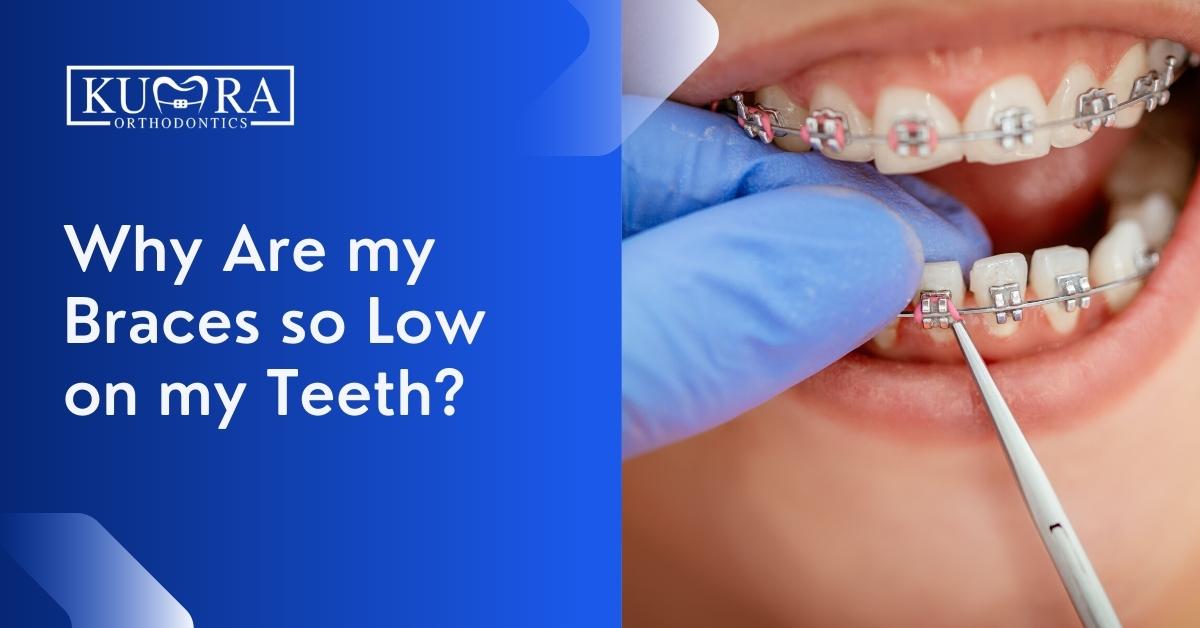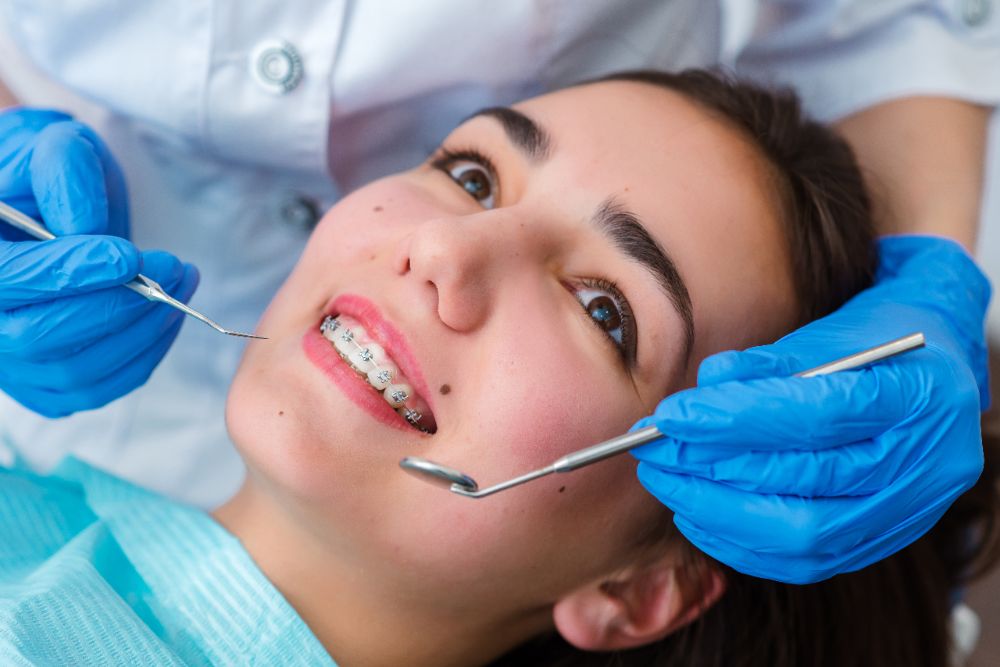How Cumming Orthodontics Can Transform Your Smile with Invisalign and Braces
Comprehensive Overview to Orthodontics Procedures for Correcting Oral Misalignments
In the realm of orthodontics, the trip to accomplishing a perfectly lined up smile entails a myriad of procedures customized to correct dental imbalances. From conventional dental braces to undetectable aligners and also surgical choices, the area of orthodontics offers a series of solutions to deal with differing levels of dental irregularities. Recognizing the complexities of each treatment, including their devices, benefits, and prospective downsides, is vital in making informed decisions concerning one's orthodontic treatment. As we browse through the thorough guide to orthodontic procedures for dealing with dental imbalances, the complex information of each method will unravel, dropping light on the course toward a practical and unified oral positioning.
Orthodontic Procedures Review

Along with traditional dental braces and clear aligners, orthodontists might likewise recommend various other treatments like headgear, palatal expanders, or retainers to address details placement problems (cumming aligners). These treatments are tailored to each individual's distinct needs and might involve a mix of treatments to achieve the wanted results. Regular changes and surveillance are critical components of orthodontic treatment to ensure progression gets on track and to make any type of necessary adjustments along the road. By undertaking orthodontic procedures, patients can not just accomplish a straighter grin yet likewise enhance their overall oral health and wellness and function.
Traditional Braces: Exactly How They Function
When taking into consideration orthodontic therapies for dental misalignments, traditional dental braces attract attention as a reliable technique for fixing teeth positioning. Typical dental braces consist of brackets, cords, and bands that collaborate to use continual pressure on the teeth, slowly moving them right into the preferred positioning. The brackets are affixed to the teeth using an unique adhesive, and the cables are threaded through the braces. By changing the tension of the cords, orthodontists can regulate the instructions and force related to each tooth, guiding them into correct positioning with time.
One secret element of exactly how typical dental braces work is the process of bone makeover. As stress is related to the teeth via the braces, the bone bordering the teeth is reshaped to sustain the new tooth placements. This remodeling is necessary for the long-lasting security of the corrected positioning. Patients will require regular modifications at the orthodontist's office to make certain the braces remain to use the correct pressure for reliable teeth activity.
Unseen Aligners: Cons and pros
These clear, personalized trays are basically undetectable when used, making them an attractive choice for individuals seeking an extra cosmetically pleasing orthodontic therapy. Individuals can eliminate the aligners before consuming or cleaning their teeth, decreasing the risk of food be a dentist obtaining stuck in the home appliance and streamlining the cleansing process.

Surgical Orthodontic Options
Surgical interventions in orthodontics existing sensible options for attending to intricate dental imbalances that might not be effectively fixed via conventional orthodontic treatments. While invisible aligners and conventional braces can remedy lots of orthodontic concerns, certain situations need medical intervention to achieve optimal results. Surgical orthodontic options are normally advised for severe malocclusions, significant jaw discrepancies, and cases where the underlying bone structure needs adjustment to accomplish appropriate placement.
One usual medical orthodontic treatment is orthognathic surgical procedure, which entails rearranging the jaws to deal with useful concerns such as difficulty speaking or chewing. This surgery is typically done in partnership with an orthodontist that aids straighten the teeth prior to and after the treatment. Surgical orthodontics might additionally entail treatments to reveal influenced teeth, get rid of excess periodontal tissue, or reshape the jawbone to develop an extra unified face see it here profile.
Before thinking about surgical orthodontic choices, individuals go through a detailed analysis to identify the necessity and potential benefits of such treatments. cumming aligners. While surgical procedure may seem complicated, it can considerably enhance both the function and aesthetic appeals of the smile in instances where standard orthodontic therapies fail
Retainers and Post-Treatment Care

Post-treatment care entails following the orthodontist's guidelines vigilantly. This might consist of proper dental hygiene methods, participating in follow-up visits, and putting on the retainers as recommended. Failing to follow post-treatment treatment directions can cause relapse, where the teeth progressively return towards their initial positions. Regular retainer wear, excellent oral health, and routine oral examinations are important for keeping the results accomplished via orthodontic surgery and making sure the lasting stability of the corrected dental positioning.
Verdict
To conclude, orthodontic treatments supply numerous alternatives for correcting dental misalignments. Conventional braces utilize steel braces and cords to change teeth right into appropriate positioning. Unseen aligners provide an even more very discreet choice but may not be suitable for all cases. Surgical orthodontic options are readily available for extra extreme misalignments. Retainers are commonly made use of post-treatment to preserve the brand-new alignment. Generally, orthodontic procedures can efficiently enhance dental health and wellness and aesthetic look.
As we browse with the comprehensive overview to orthodontic procedures for remedying dental imbalances, the elaborate information of each technique will unravel, shedding light on the course toward a unified and functional oral alignment. - aligners
One of the most usual orthodontic treatments is the usage of braces, which are composed of steel braces and wires that use gentle stress to gradually change teeth into the preferred position.When taking into consideration orthodontic therapies for dental imbalances, traditional dental braces stand out as a reliable method for remedying teeth positioning. Furthermore, invisible aligners might not be suitable for complicated orthodontic concerns that require even more considerable teeth motion, as they are generally suggested for mild to modest cases. Retainers are custom-made orthodontic gadgets designed to hold teeth in their fixed placements after the completion of orthodontic treatment.